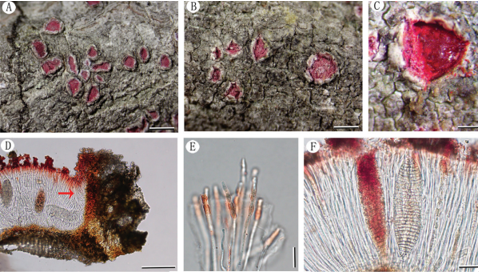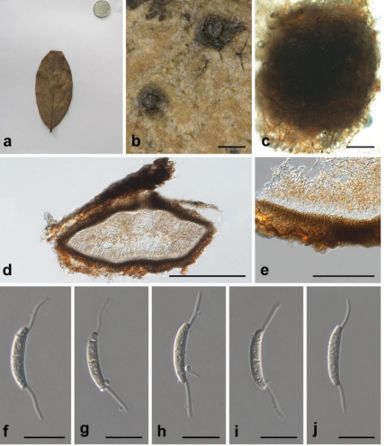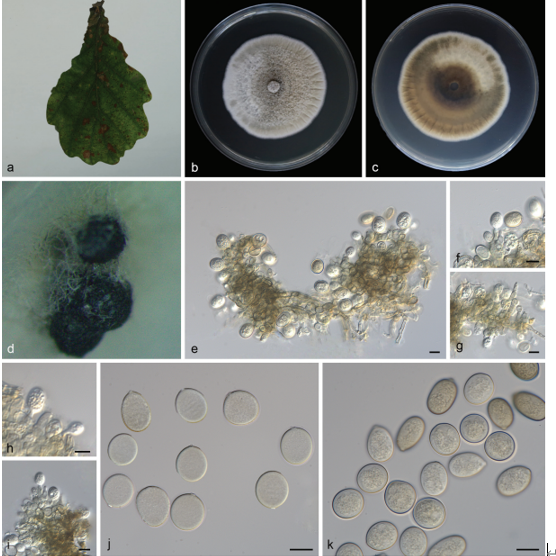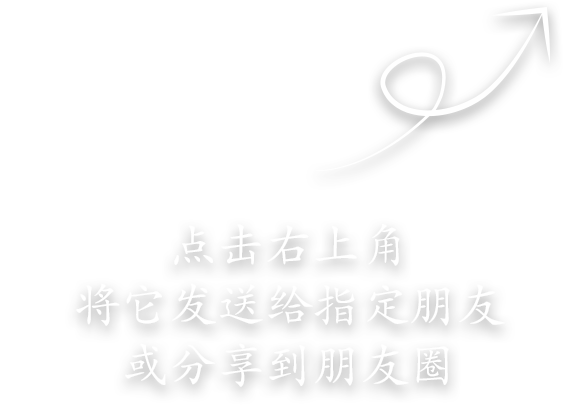Hygrocybe griseonigricans C.Q. Wang & T.H. Li, sp. nov. 2020
MycoBank No:836235
Holotype: China. Guangdong Province, Nanxiong City, Qingzhang Mountain, elev. ca. 340 m, 15 May 2018, M. Zhang & X.N. Chen (GDGM73527, holotype!).
Morphological description
Pileus 25–70 mm diam., broad conical to umbonate disc when young, expanded to umbonate, convex, even to almost plane when mature, white, pale yellow (3A3) to dull yellow (3B3), densely covered with radially arranged black hairy fibrils with appressed or uplifted ends on surface, nigrescent when bruised or mature; margin incurved when young, expanded to straight when mature. Lamellae free, white at first, turning black when bruised or mature, up to 7 mm wide, waxy, fragile, with 1–3 lamelluate between two entire lamellae, edge usually eroded. Stipe 50–150 × 5–12 mm, central, cylindrical, sometimes slightly curve, usually wider at base, hollow, white to yellow at the upper part, usually white at the base, changing to black with age or when bruised, covered with clustered black longitudinal fibrils.
Basidiospores 9–10.5 × (6)6.5–9.5(10) μm [mean length = 9.7 μm, mean width = 8 μm], Q = (0.95)1.1–1.6, Qm = 1.23, globose, subglobose to broadly ovoid, smooth, thin-walled. Basidia 32–44.5 × 8–11.5 μm, 1-, 2- or 4-spored, clavate, with sterigmata up to 10 μm long, sterigmata of 2-spored basidia usually longer than those of 4-spored basidia. Pileipellis a cutis or trichoderm, hyphae 2–15 μm in diam. Hymenophoral trama regular, hyphae 2.5–21 μm broad, translucent, mainly thin-walled rarely thick-walled.
Habitat: on soil
Distribution: Southern China.
GenBank Accession: ITS MW001790; LSU MW007883
Notes: The distinctive morphological features of Hygrocybe griseonigricans are the following: white to dull yellow-colored pileus with black discoloration, white lamellae, white stipe base, and variable basidiospore shapes, from globose, subglobose to broadly ovoid. The ITS and LSU phylogenetic analyses support H. griseonigricans as a distinct species within a well-supported clade that includes H. astatogala (Figs 1–2).
Hygrocybe conica, originally described from Germany, is similar to H. griseonigricans. However, H. conica has a larger (up to 100 mm diameter) and somewhat fibrillose pileus, and usually grayish lamellae (Boertmann 2010). Hygrocybe astatogala, originally described from Madagascar, resembles H. griseonigricans in the black fibrils on the pileus. However, H. astatogala, has distinct and persistent conical and yellow to orange pileus, yellow to orange lamellae, and subglobose to ovoid basidiospores (Horak 1990; Leelavathy et al. 2006).
Reference: Wang C-Q, Zhang M, Li T-H (2020) Three new species from Guangdong Province of China, and a molecular assessment of Hygrocybe subsection Hygrocybe.
Basidiomes of Hygrocybe species C Hygrocybe griseonigricans (GDGM73527) D Hygrocybe griseonigricans (GDGM81394)









